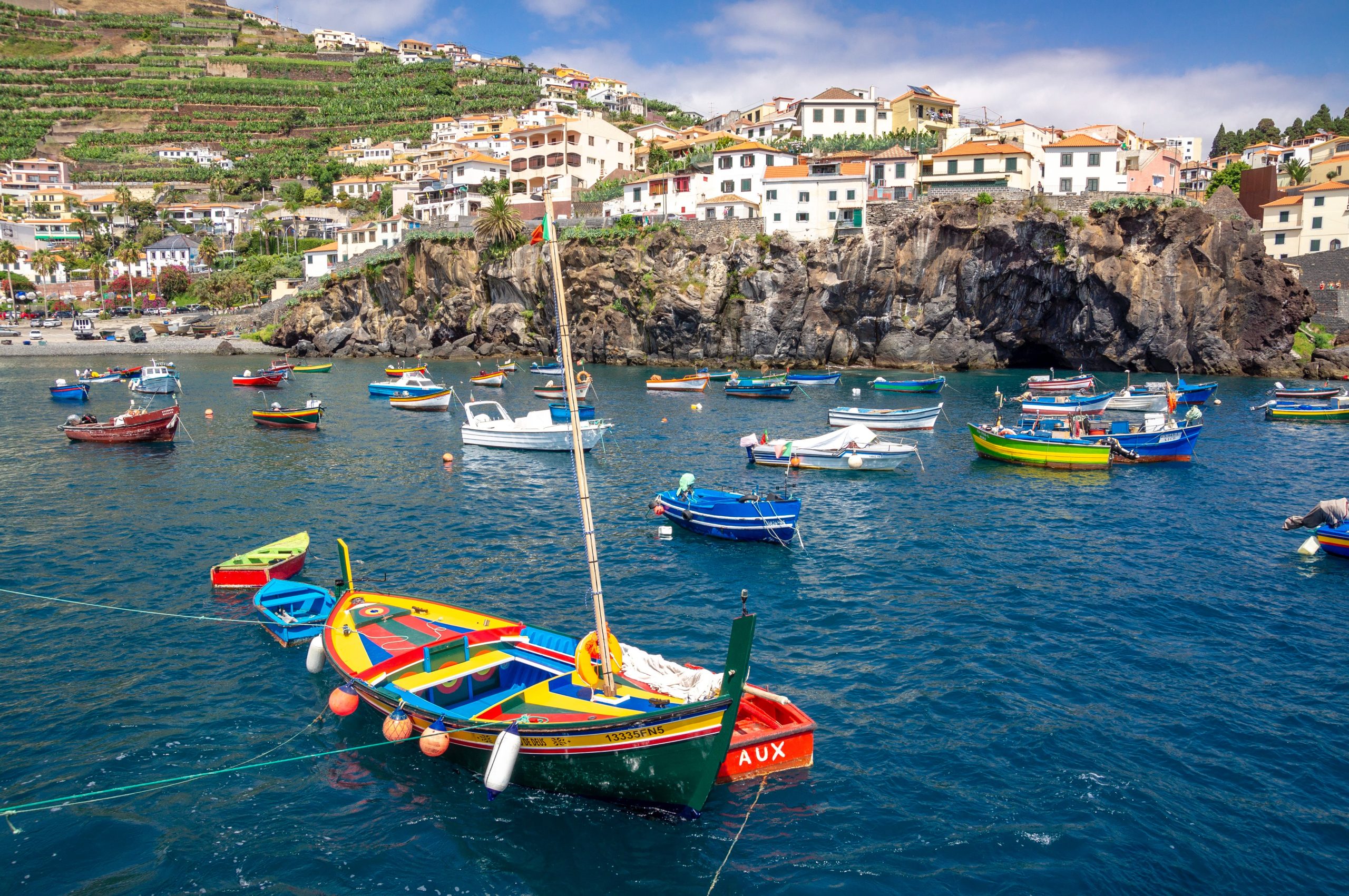Article in partnership with Day Translations. When did Italy first start speaking Italian? This may sound like a trick question but the truth is that Italian as a common language that people speak across Italy is a fairly recent development in the history of the country.
When was Italian language created? Just to give you a bit of background, I did my schooling in Italy, where I was born, and part of the school curriculum was Italian literature and Latin. I must say, I was absolutely terrible at Latin – in a way, it is a bit like maths because its structure sentence and conjugations are very precise, and I sucked at maths. One thing, though, that stuck in my mind was that the Italian language was created by “washing your clothes in the Arno River”. In other words, the modern language that Italian people speak today is the direct result of adopting the language spoken by the Arno River in Tuscany. Being in the centre of Italy, Tuscany makes sense as the “birthplace” of modern Italian. Of course, the history behind it is much more complicated that that.
Timeline of the Italian Language
The key periods for the evolution of the Italian language are:
- during the Roman Empire, Latin was the main language
- from approximately the fifth century B.C. Latin started losing its prominence while various regional spoken languages emerged
- around the year 1000 AD Eastern influences seeped through the spoken language with trading terms from the Arabs merchants being adopted
- Latin was still used in formal written communications until the 1600s
- from the 1300s some mainstream regional languages emerge
- in the 1500s the language spoken in Tuscany gains more popularity as a potential candidate for a standard language to use across various territories in the Italian peninsula
- in 1612 the first Italian dictionary was published and the language featured was based on what people spoke in Tuscany and what writers and poets in that region wrote in
- it was only after the unification of several separate kingdoms into one country (in 1861), from the second half of the 1800s that a drive and a commitment to use a single, standard language made progress.
On a side note: Italy became a Republic in 1946 by referendum after being a Constitutional Kingdom, i.e., a country ruled by a king but with a fully functioning Parliament passing legislation, from 1861 to 1946.
What Languages Influenced the Italian Language?
Before the unification, Italy was split into regional kingdoms, some of which had prominent influences from outside populations such as the Greek and Arab cultures.
Modern Italian acquired terms from the interactions with different people mostly through invasion and commerce: for example, maths terminology comes from Arabic, agricultural terms but also politcal terms come from Greek, war and hunting terms come from German, art references come from French and some early version of Italian dialects borrowed terms from Spanish.
How Many People Speak Italian?
It has been reported that more than 60 million people speak Italian around the world, with the majority of speakers concentrated in the Italian peninsula (about 55 million people).
Within the Italian peninsula territory there are two small independent countries: the Republic of San Marino and the Vatican. These two countries within the country speak Italian as their main language. A few localities in Switzerland speak Italian, too, alongside French and German.
13% of Europeans speak Italian as their native language and 3% of the European population speak Italian as a second language (about 14 million people).
Italian as a second or third language is also spoken in Corsica, France, Slovenia, Bosnia and Herzegovina, Romania, Croatia, Monaco and Albania, as well as Greece, Malta, Erithrea, Ethiopia, Somalia, Libya, the United States, Canada, Venezuela, Argentina and Chile.



